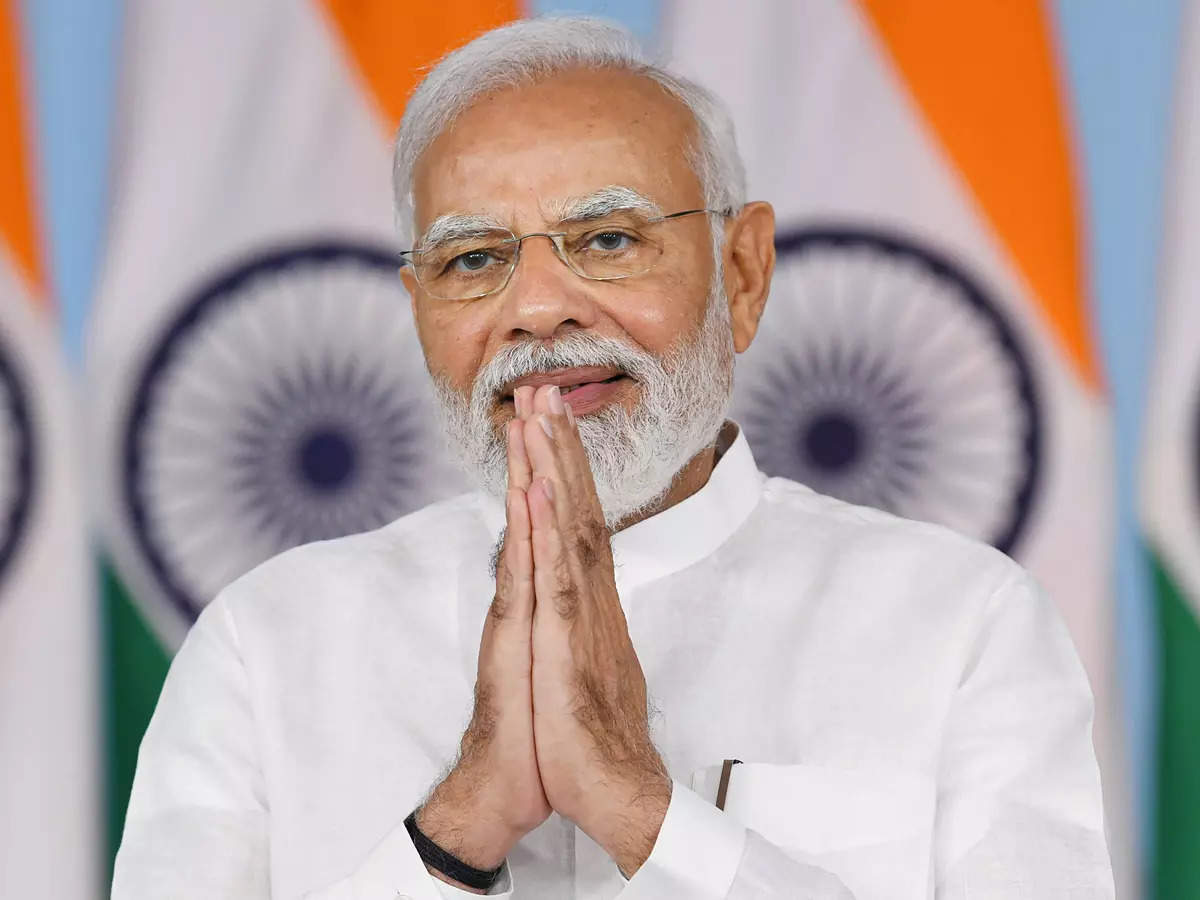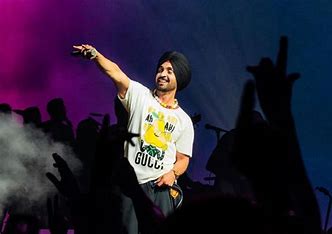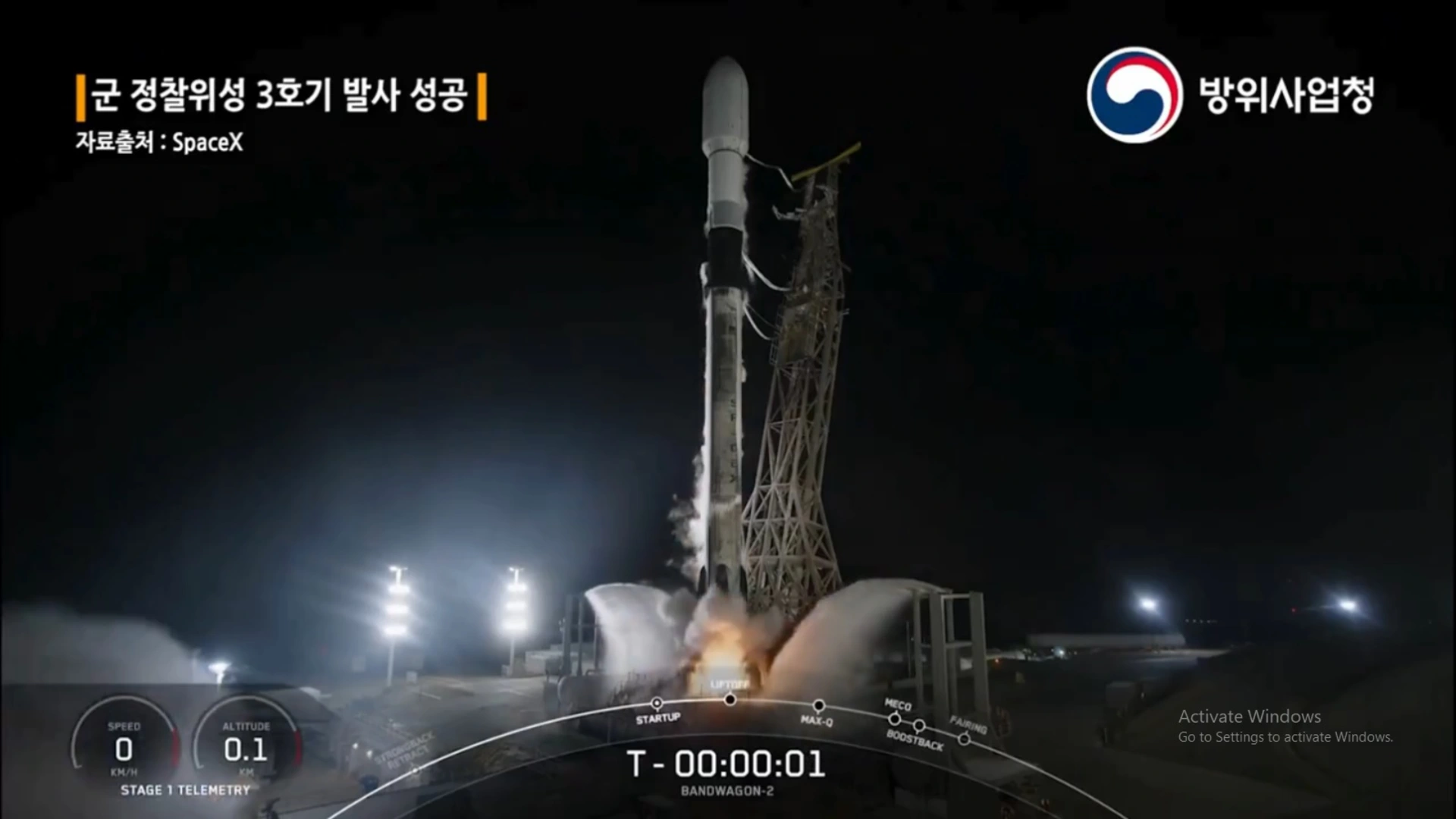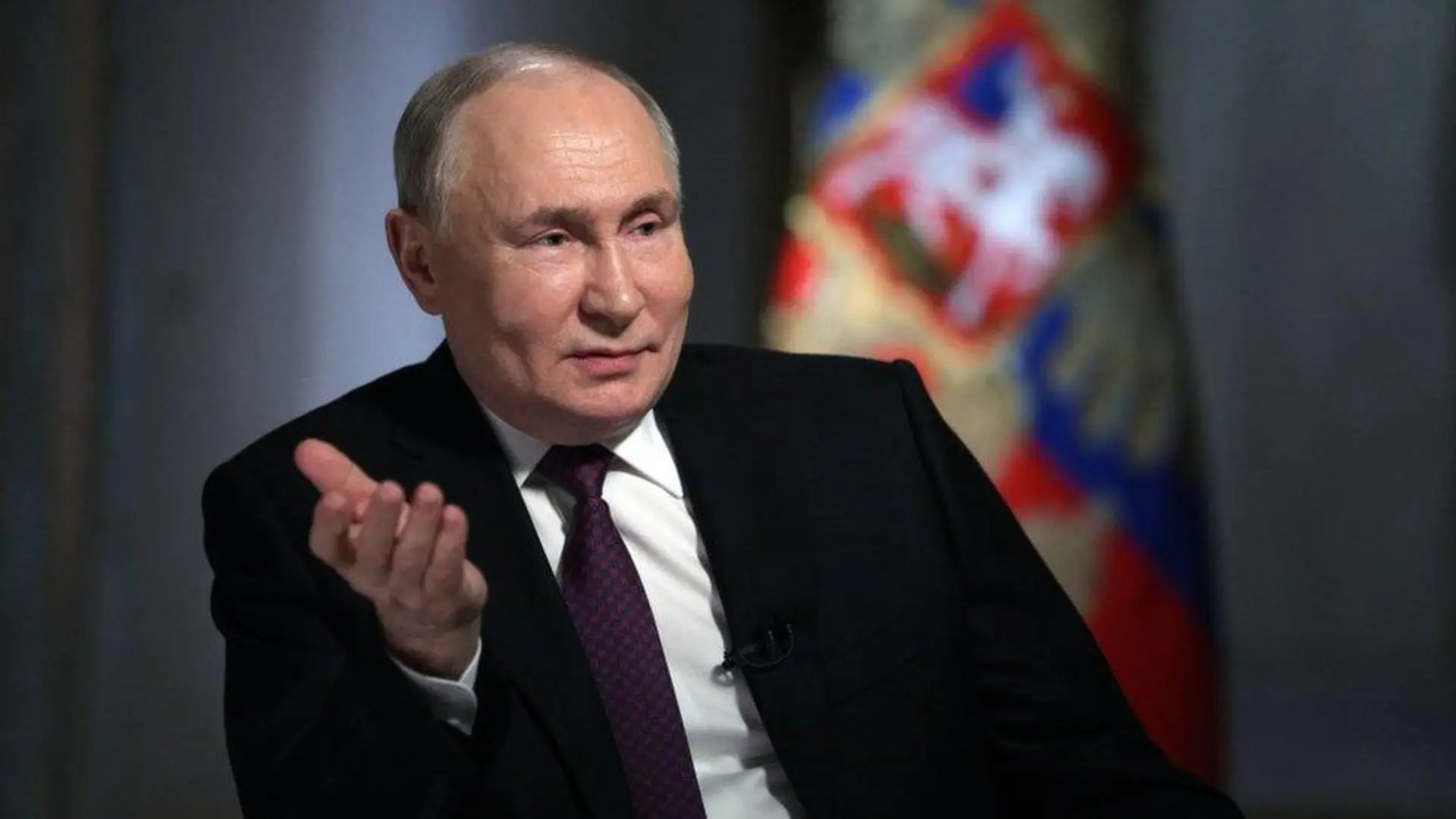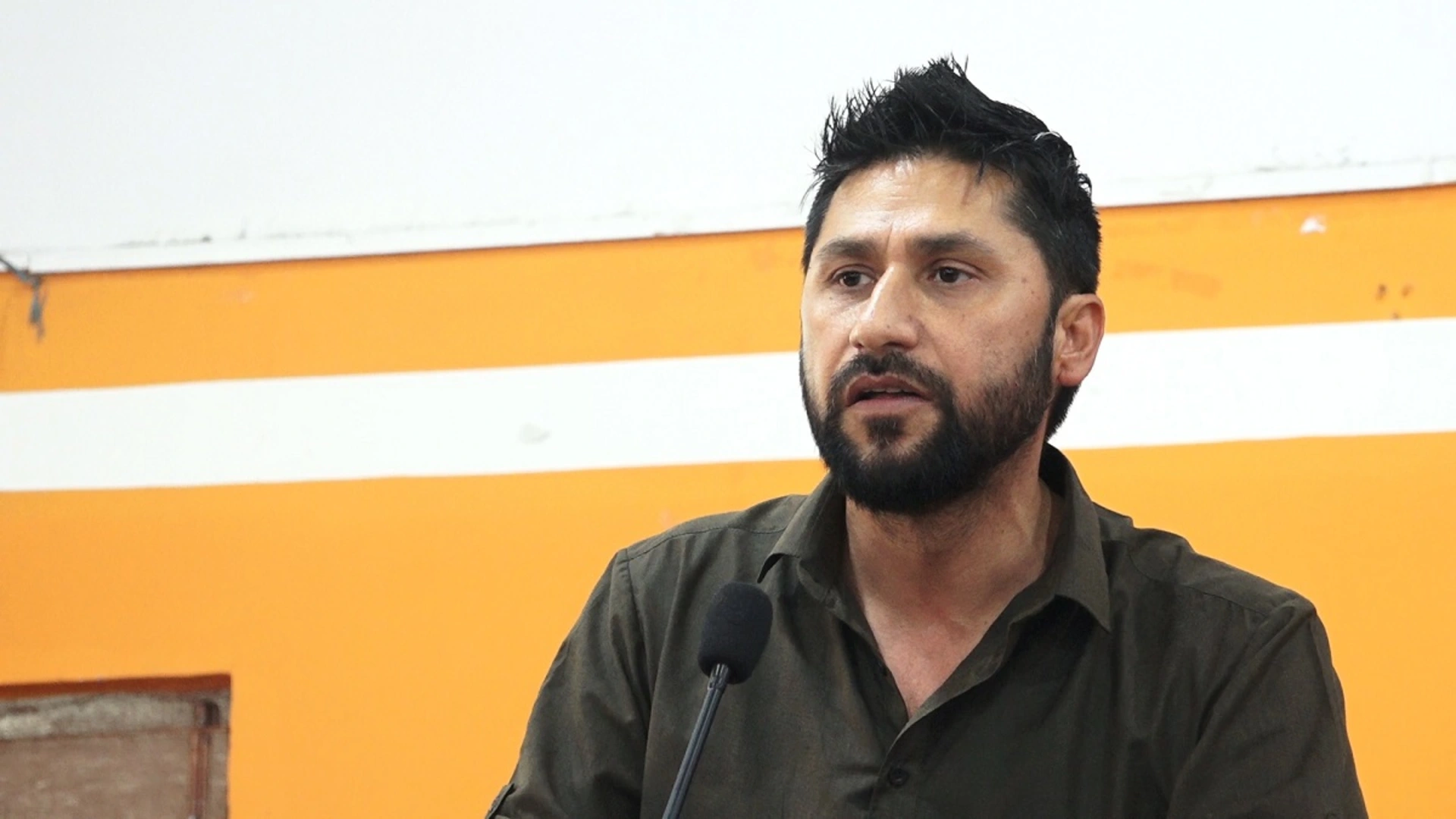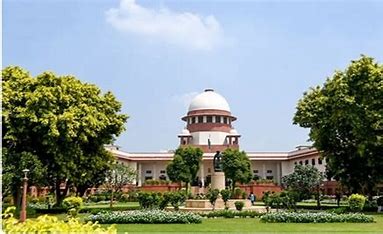Narendra Modi’s Gujarat model, where transparency and good governance are the overriding themes, is a classic success story. Today Vadodara is emerging as a big pharma and medical hub, Ahmedabad is an education hub, Sanand is India’s biggest automobile hub, Surat is a textile hub, Sabarkantha is a hub for wooden toys, Bharuch is famous for cotton cultivation, Anand is India’s milk capital, Mehsana is the new milk producing hub, while Rajkot, Amreli, Bhavnagar and Junagadh are emerging as diamond polishing hubs. Under Modi’s Gujarat model, be it the beautiful Sabarmati waterfront or the massive statue of Sardar Patel at Kevadia, be it 24/7 electricity, wide roads and highways, or the excellent law and order situation, where girls are not scared to travel alone even at night, Gujarat and Gujaratis have always led from the front. Numbers never lie and that being the case, the undeniable truth is, Gujarat today, with a Gross State Domestic Product (GSDP) of over Rs 19.4 lakh crore, contributes over 20% to India’s industrial production, accounts for 22% of the country’s merchandise exports, accounts for over 40% of India’s ocean cargo operations, has the lowest unemployment rate of 1.2%, with 4.7 million people employed in the MSME sector alone and has a debt to GSDP ratio of just 15.8%.
Honesty of intent, purpose and vision have been the hallmarks of the famous Gujarat model, making it a vibrant economy with a per capita income of over Rs 2.41 lakh. Gujarat saw a 279% jump and accounted for 37% of India’s overall FDI flows into India, last year. Gujarat achieved 100% household tap water connections under Jal Jeevan Mission this year, with 91.73 lakh houses connected to tap-water. Gujarat is ranked number one in the pharmaceutical industry in India, with a 33% share in drug manufacturing and 28% share in drug exports. The State has 130 US FDA certified drug manufacturing facilities.
The BJP government in Gujarat launched “Gyan Kunj” project in 2017 to produce world-class students. As for healthcare, as many as 2465 hospitals, including 68 NABH accredited hospitals, have been empanelled, almost 38 lakh claims amounting to over 5600 crore have been settled and approximately 80 lakh families have been covered under various health schemes like the MA Vatsalya Yojna.
In 2020, Gujarat topped the States and Union territories in filing of chargesheets, with a superb strike rate of 97.1%, according to National Crime Records Bureau (NCRB). According to the NCRB’s 2021 report, “Gujarat’s crime rate has dropped to 11.9, much lower than the national average of 30.2. In 2021, the murder crime rate in Gujarat stood at 1.4 (National Avg: 2.1). The rate of kidnapping in the State has been constantly dipping with a crime rate of 2.3 in 2021 (2.7 in 2019 and 3.0 in 2018) against the national crime rate of 7.4.”
Agri-growth under a competent Government stood at 11% between 2001 and 2013 and this despite the fact that since its inception in 1960, Gujarat has suffered a drought virtually once in every three years. With an irrigation coverage of 96% that allows farmers to sow three crops in a year, state-of-the-art cold storage chains that have boosted potato cultivation by 20%, Kheda’s contribution to Gujarat is as sterling as the white dairy revolution led by Amul.
Coming back to development, from transforming Ahmedabad, a former textile hub to the new knowledge hub, setting up the Mundra port and developing the salt marsh of Rann of Kutch into the now famous tourist hub, the Gujarat model has been inclusive in both its intent and execution. This is borne out by the proliferation of over 27 schools cum hostels set up by the State government in Kutch. Again, Rajkot is fast emerging as an education hub given the over 18 engineering colleges that have been set up in the last few years.
Also, Valsad, famous for its Alphonso mangoes with a predominantly tribal population, boasts of a gender equality ratio of 96% when it comes to education. In terms of infrastructure, Panchmahal has all the 600 villages connected by metalled roads and over 80% of them have all-weather proof roads. Panchmahal stands out as a beacon of good governance and comprehensive development. A testimony to Gujarat’s industrial development can be gauged from the fact that while Ankleshwar and Vapi are hubs for chemical units, Halol near Vadodara is an automobile hub and Alang, 50 km from Bhavnagar, is home to the largest ship-breaking yard in the world. Also, while Jambusagar in Bharuch will be home to the C-295 aircraft manufacturing facility, Rajkot has a spanking new AIIMS and an upcoming greenfield airport, while Jamnagar is host to WHO’s upcoming Global Centre for Traditional Medicine (GCTM).
Gujarat is a microcosm of what best explains the diversity that is India. For example, Jamnagar, which houses the largest oil refinery in the world, has also witnessed a farming revolution. The Sabarmati waterfront, from being nothing more than a glorified gutter, is now ranked amongst the 100 most innovative projects in the world by KPMG. Unarguably, it is the Sardar Sarovar Project that is a glowing tribute to the foresight of Modi’s model of development.
SSP, popularly called the Narmada dam project, is today, a symbol of ‘Gujarati Asmita’. Gujarat, which accounts for 6% of India’s land mass and barely 5% of the population, accounts for a solid 8.5% of the country’s GDP. Do not forget that when Narendra Modi took over as the Chief Minister of Gujarat in 2001, it was still coming to terms with the devastating earthquake in Bhuj. Yet, thanks to Modi’s unrelenting efforts, dynamic vision and healthy pragmatism, the State achieved a solid average GSDP growth rate of 10% plus between 2001-2013. GSDP at current prices, in fact, stood at a resounding 20% plus in both 2006 and 2011. Average GSDP growth between 2006 and 2011 stood at a robust 17%. Again GSDP growth rate between 2012 and 2016 stood at 13.6%. The moot point here is that across different time pockets, Gujarat’s GSDP has consistently been higher than the national average. The Gujarat model of development which has Narendra Modi’s inimitable stamp written all over it, has withstood the test of time and is a classic textbook case that shows how one man’s relentless pursuit of an aspirational India, is an idea that has spearheaded India into the league of economic superpowers.
For instance, Kutch, which is home to the Kandla and Mundra ports, a 10,000 MW power plant and two commercial airports, is also the largest cement producing region in India, today. It is not surprising, therefore, that industry accounts for almost 40% of Gujarat’s GSDP. From being India’s seventh richest State in per capita GSDP in 1981 to being the third richest today, the much written about ‘Gujarat Model of Development’, is an ode to the extraordinary leadership of Narendra Modi, both as the consummate, erstwhile, Chief Minister of Gujarat and now as a towering visionary, who is the Prime Minister of the world’s largest democracy.
Sanju Verma is an Economist, National Spokesperson of the BJP and the Bestselling Author of ‘The Modi Gambit’.

